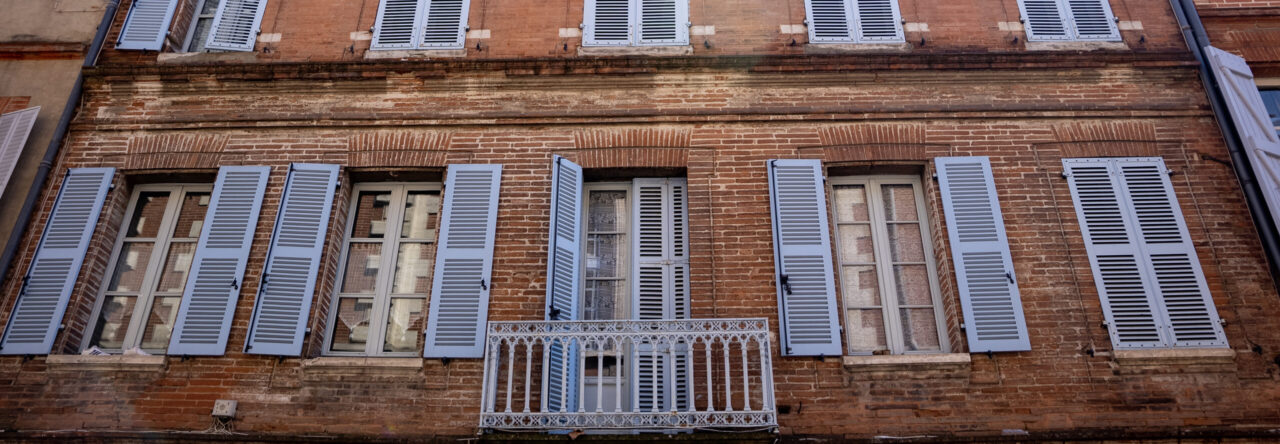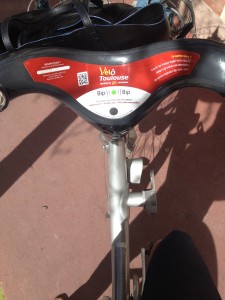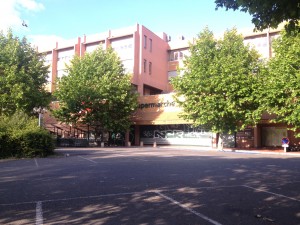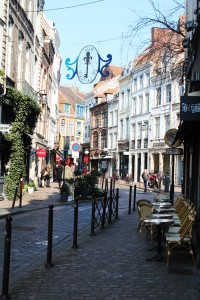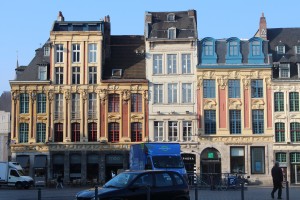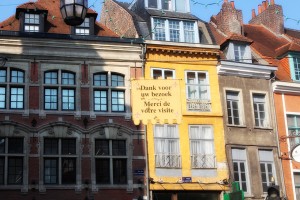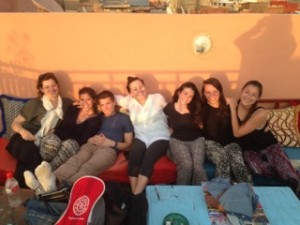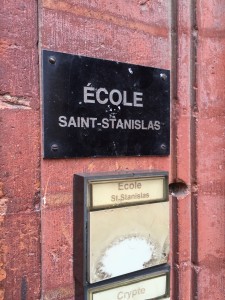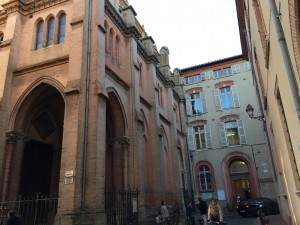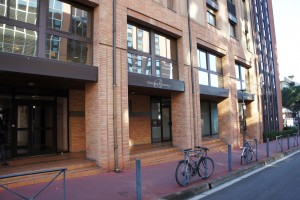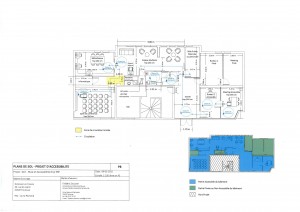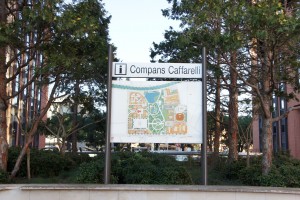To begin, a disclaimer: this is not a paid advertisement for VeloToulouse.
Even so, I have a hard time hiding my enthusiasm for Toulouse’s self-service bike sharing system. I bought a membership in early March, and since then, hardly a day goes by in Toulouse that I don’t travel by bike. I live in Côte Pavé, a nice, residential neighborhood with the one drawback of being far from the metro. I can get into Centre Ville easily by bus, but I prefer to travel by bike for a few reasons.
First, the bikes are available 24 hours a day, 7 days a week – even when the bus service is interrupted. In the event of strikes (which happen frequently), you can’t count on the bus as part of your travel itinerary: there may be one bus for every two or three that are scheduled, or the bus may never come at all. Bikes have saved me plenty of times the buses were running irregularly. You rarely have to go out of your way to pick up or drop off a bike, since there are more than 250 stations throughout the city. Secondly, traveling by bike is often quicker than taking the bus or walking. Toulouse isn’t a pedestrian only city, but a good number of narrow, inner-city streets are accessible only by bike or by foot. Traveling by bike gives you access to more roads and lets you skip the traffic-congested boulevards, all while outpacing the city’s pedestrians. Finally, traveling by bike is enjoyable and good for your health! You can get fresh air while experiencing the best pleasures of a city, such as a view of narrow streets or the smell of a boulangerie in the morning. Throughout the semester, it’s also been the best way for me to keep fit and active.
For future students who want to explore Toulouse by bike, let me offer some advice. First, I’d suggest that you don’t buy a subscription as soon as you arrive Take the first few weeks or month of the semester to familiarize yourself with Toulouse. If there’s a route you foresee yourself biking a lot, take it a few times by foot in both directions. . To bike safely in a city, you must have a reliable knowledge of its layout and traffic patterns. I’ve found that most drivers in Toulouse are very obliging to cyclists, but you need to be attentive and sure in your movements to avoid accidents. Secondly, always verify that you’ve locked your bike properly after deposing it at a station. If you didn’t attach it well, your account could be fined for the price of a bike – 150 euros. This is easy to avoid, but it can happen – and it did happen to my host’s son. He paid the fine, but hasn’t biked since!
Overall, my VeloToulouse membership was one of the best investments I made during my time in Toulouse. Commuting by bike gave me the opportunity to appreciate the beauty the city has to offer, and I can’t recommend the experience enough.
-Lizzie Hardison
